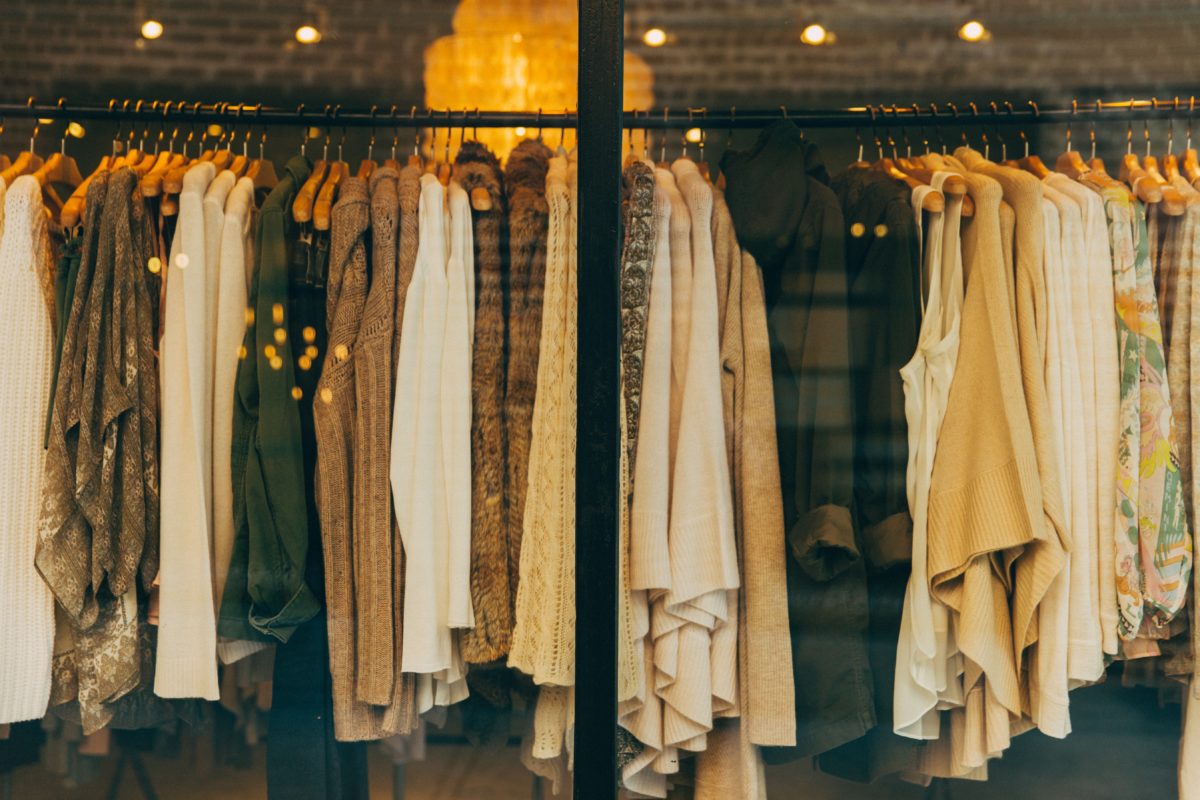Love art but not sure you have what it takes to successfully grasp the complexities of being an arts major? Here are the five major skills you’ll need to succeed in any college’s art department.
Diverse design skills
At the end of the day, an artist needs to be able to create incredible art, right? But even more important than being able to design and produce thought-provoking work, artists also need to have an understanding and appreciation for the various mediums (such as paint, clay, watercolor, etc.) available to them.
Thus, as an art major, you’ll need to be excited to work with these different mediums and also different design techniques over your course of study.
Ability to take criticism
Like any creative field, majoring in visual arts means being able to take constructive criticism well, regardless of if it comes from your peers or your professors. Art is an incredibly subjective field, and everyone will have an opinion on your work.
Knowing how to incorporate critiques and suggestions and cast asides ones that aren’t helpful is an important skill that takes time to learn.
Knowledge of art history
You can’t be a successful or insightful artist unless you have an idea of the art that has come before you. While you might want to get your hands dirty working on your own art, you’ll still need a scholarly mind to discern the history of art and what different periods in art have looked like to create the best pieces you can.
Time management skills
When you’re an arts major, chances are you’re working on a number of big projects at once spanning all sorts of mediums. Being able to keep yourself on schedule is an important skill in college, and it’ll only become more critical as you transition from majoring in art in college to working in an art-related field after school.
Communication and interpersonal skills
Even though much of your time as an arts major will be spent alone working on your various pieces, it’s still incredibly important to have interpersonal skills, especially when talking to people who are viewing your art and potentially leasing or buying it for their own collections elsewhere.
The personality of an artist is often as important as the art itself, and being able to relay that message to people is crucial.
Next, learn more about this college major such as What is an Arts Major And is it Right for Me and get more career tips such as 6 Ways to Impress Your New Boss.






